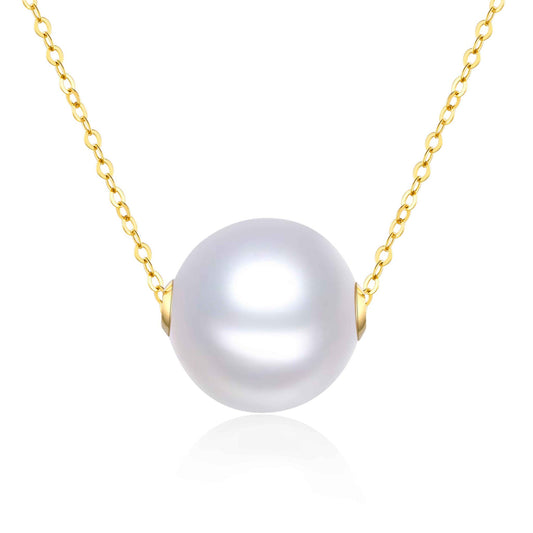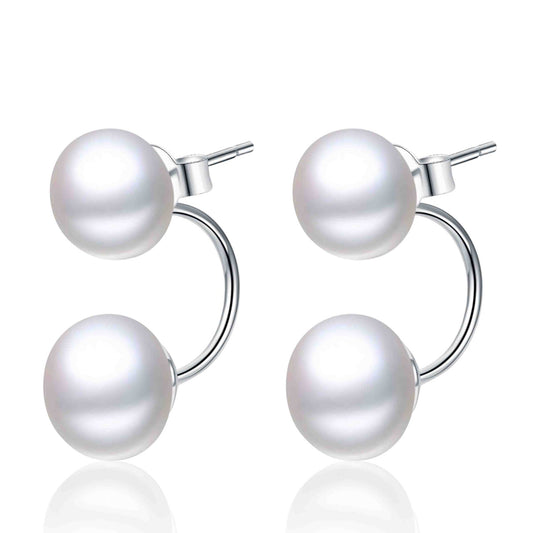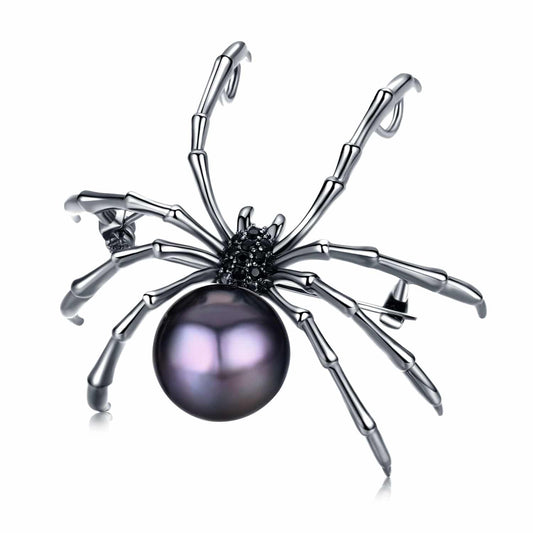
The Value of Pearls: What Really Makes Them Priceless
Share
There’s something about slipping on a strand of pearls that feels like draping history itself across the collarbone. We’ve watched women stand a little taller the moment a clasp clicks shut. Pearls have that quiet confidence with a luminous whisper.
In this blog, we’ll be talking about pearl value in a way that’s honest and intimate. Where does worth come from? Rarity, luster, type, or the memories we attach to them? The answer lives in all of it. Yes, the iconic white pearl still reigns, but shades and origins shift the story, too. Come with us as we untangle the real value of pearls, from the sea’s long patience to the heirloom moments you’ll never forget.
The Fascination with Pearl Value Throughout History
From the moment humans first found their glow inside a shell, pearls have carried a value unlike anything else: rare, luminous, and alive with meaning.
- In ancient courts, pearls were more than ornaments. They signified power. Emperors and queens prized them as symbols of grace.
- Cleopatra’s famous wager, dissolving a pearl to prove Egypt’s wealth, was legendary for a reason. Even then, pearl value transcended currency.
- European nobility guarded pearls like treasure. Reserving them only for portraits, ceremonies, and sealed legacies.
- Across cultures, pearls marked births, vows, and farewells. The value of pearls has always lived in both sentiment and splendor.
And while styles change, the fascination remains; pearls still hold the same quiet power to signify beauty, memory, and status, centuries later.
What Defines the Value of Pearls Today
When we cradle a pearl in our palm, we’re holding a biography written in light. Modern assessments still honor the story of how pearls were made:
- Luster: The soul of the gem. We have been looking for a mirror-like glow in nature, and pearls give us exactly that. Exceptional luster is the soul and heart of pearl value.
- Surface Quality: Fewer blemishes on the pearl mean a clearer reflection. Tiny marks are natural; the ocean leaves its signature. But a relatively clean surface elevates the value of pearls.
- Shape: Round pearls are rare and revered. Yet baroque shapes have their own poetry: organic, sculptural, irresistibly modern. Beauty is not only in perfection; it’s in character.
- Size: The right diameter for your neckline, your frame, and your style brings about harmony, and that is priceless. But large pearls hold a higher value, as is known.
- Color: From classic white to blush, champagne, peacock, and gold, tone can shift mood entirely. Color should flatter skin, wardrobe, and the story you wish to tell.
-
Type:
- Akoya: crisp white, elegant luster; the archetype of refinement.
- Tahitian: stormy greys, greens, and aubergines; magnetic and modern.
- South Sea: grand, satin gleam in silver or gold; rare and regal.
- Freshwater: versatile, often more abundant; nuanced shapes and soft hues that make freshwater pearls' value impossible to ignore.
In the end, pearl value is a conversation between these factors. When light meets line, and you feel something stir inside you, that’s the moment that matters.
Beyond Price: The Emotional & Heirloom Value of Pearls

A pearl may be measured in luster and rarity, but its true worth often begins where numbers end.
- Weddings, anniversaries, first promotions, pearls become shorthand for the memory itself.
- Generations speak through a clasp. A grandmother’s strand carries warmth you can feel; the value of pearls like these resists appraisal.
- Some pieces honor a promise, others a fresh start. You decide the meaning; the pearl holds it, softly.
- The value of freshwater pearls shows up in these moments, too. Approachable but no less profound when the story is yours.
In the end, a pearl carries not just beauty, but memory, an heirloom that holds both history and heart, passed from one generation to the next.
How to Recognize Quality Pearls (and Avoid Common Mistakes)

We believe knowledge is the most elegant accessory. A few thoughtful checks help you choose well:
Start with luster. Step into natural light and look for a lucid, crisp reflection. Pearls with strong luster glow even in shade. Then, study surface quality. Gentle pinpricks are normal; deep pits or chalky dullness are not.
You should next evaluate shape with your preferences in mind: round strands for classic symmetry, baroque is for artful individuality. If a grading scale is offered, read it closely and ask questions; transparency builds trust.
Be mindful of deals that seem improbable. Pearls can be affordable, especially when we’re speaking of freshwater pearl value, but their lasting quality still has substance. When browsing online, look for detailed photos, clear descriptions, and a return policy that respects the importance of seeing pearls in person. A reputable house will welcome your curiosity.
Investing in Pearls: Are They Worth It?
Fashion changes by the season; pearls change with you. A strand worn to your first interview can return years later for a wedding day, then later still for a celebration you have not yet imagined. Resale markets may rise and fall, but the value of pearls in a family is measured in passages of time.
If you seek pieces that carry forward, studs you never put away, a pendant that becomes signature, pearls answer in a language beyond trend. Some will seek rarity, others daily wear. Both are valid. When we choose pearls with care, we’re investing in decades of elegance and a feeling that only becomes more certain.
The Priceless Beauty of Pearls
In the glow of a dressing-room mirror or the hush before a ceremony, pearls remind us why we love them. Pearl value isn’t a single metric; it’s luster and lineage, craftsmanship. Whether you’re drawn to the approachable romance of freshwater pearl value or the grandeur of South Sea and Tahitian, let the light choose you back.
Explore pieces that feel like chapters you were meant to write. And when you’re ready, wander our world at Timeless Pearl. You will find classic strands, luminous studs, and pendants with gentle radiance, all curated to become part of your story.






